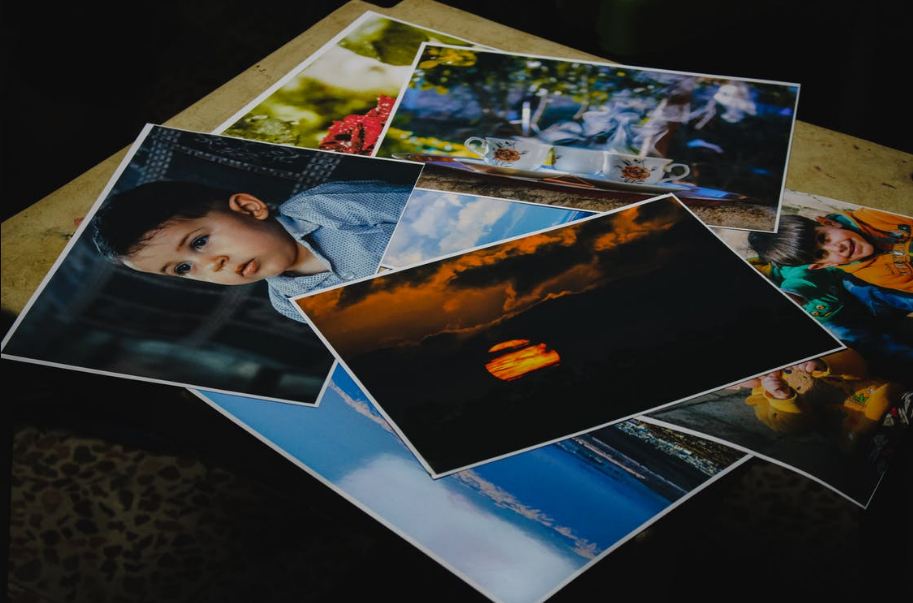Choosing the right base image for your website is more than choosing the cheapest option to fill your quota. Websites rely on good photos to keep readers interested. After all, most readers have a short attention span, and breaking down the text and providing visual clues that clarify the point of the article will help you follow the site.
This is the key to website optimization and your content deserves a better business. By choosing the right free stock photos for your website or blog, you can increase or decrease your popularity, view your stats, or follow your blog or website followers. However, many bloggers or web designers have a hard time finding and using stock photos. Finding the right standard image is more than just finding a standard image.
Surely you have worked hard to create the content. Don’t prefer photos that don’t improve or market your content. The right image can do this. Content with images gets 94% more views than regular text messages. Here we have some tips and tricks you have to know about selecting perfect stock photos:
Basic Tips to Picking the Right Stock Photos
When choosing a stock photo, keep the following basic guidelines in mind.
- Choose an image that reflects what you want to convey, and it’s not just “beautiful”, it shapes your message and evokes emotions.
- Use brightly lit photos-good lighting will make your photos clear. And make sure the selected image has the same lighting to make it look like a real set.
- Use high-quality, high-resolution images.
- Use relevant and relevant images.
- You can edit your image by adding, blurring, or cropping a transparent color overlay in Canva or Photoshop.
- Not sure if the stock photos you selected were used before your death? Tineye is a tool that allows you to upload and search stock images and find the number of times that image has been used and a list of all websites using that image. This can help you understand how others use your photos and how they portray them.
7 Pro-Tips to Help You Pick Perfect Stock Photos
Use Themed Photos
Themed photos on websites and parts of your blog, which are usually personal photos, can make your blog or website themed. Go to Action> How to Choose the Right Stock Photo for Your Website or Blog This page can be useful for displaying activities, concepts or beliefs, and using stock photos to represent your values, mantras or perspectives.
Many people have used images of stock photographers and your readers know or see that you are not this “person.” If you don’t want to use real images, use images rather than models to introduce yourself through themes. Readers cannot identify the client or page model. So, if you choose the default picture model as your profile picture, it will not be identifiable on your blog or website.
Find the Image that Supports your Message
It is better to pay attention to the photo if you are not distracted. In most cases, stock photography is generic and abstract enough to attract attention without attracting too much attention.
However, there are exceptions.
Just select a stock photo and you’ll find a picture that isn’t distracting from the main message in an article, update, or headline. Distributor images are typically images that have one or more of the following features: Controversial, High, bright, Too specific.
It is Advantageous to Use Stock Photos of People
Choose a suitable default image for your website or blog To use a person’s image on your site or blog, use the person’s face to point or guide the reader to a section of text or caption. By staring at the person in the picture, the reader can see exactly where they want it to be. This is similar to the theory that a person walking on the street looks up and other pedestrians also look at what that person is seeing. This is implicit and you can use people’s stock photos to give it a challenging feel.
Quality is Important
Blurred images are meaningless if you’ve created HD content. Using pixel images can quickly distract your site visitors. They appear unprofessional and devalue work. Easily find high-quality images. There are many photo websites, so there is no excuse.
Before publishing, test the image on your website to make sure it is sized and formatted to fit the page. In this regard, don’t forget to use Google PageSpeed to see how it affects website optimization. If this slows you down, try using an image compression website like Optimizilla or Kraken.io to fix the problem.
Choose Stock photos that can Attract Readers
People are getting information from the internet. They do it fast and stop when something gets their attention. Standard pictures can grab the reader’s attention and attract images to the title and content. Whether you’re trying to illustrate a complex concept or tackle a complex topic, stock photography can attract readers to digital media.
If you use this strategy, make sure your photos highlight the subject, are relevant and have a purpose in digital media. To grab the reader’s attention, I show you a stock photo of a cute puppy, but if the article is about cleaning the sink, you’ll think the reader can’t provide any useful and valuable information.
Thinking about the Topic
Finding photos that fit your content or improve it doesn’t necessarily mean you’re literally looking for something. It is better to use an image that evokes the reader’s emotions rather than an ordinary one, as it can create visual connections and memories in the mind of the visitor. Think outside the box and get creative with photo options. effect.
Are you writing about cybersecurity? Look for pictures of locks or boxes instead of boring knee braces A better way is to capture your email memories by looking for an image of your laptop chained together. Creating specific links in the brains of chain notebook readers is a great way to make your content memorable, especially when it comes to technology.
Be Creative
Nothing gets in the way of creating your own image. Once you find the stock photos you like and want to add, the graphics and photos can enhance the image on your page and match your existing brand. Finding photos with the same color palette as your website can be a useful way to narrow down your selection and make your search easier. Image consistency can make your organization stand out with a “look and feel”. Laptop and Rocket Ships Pictures-How to Choose Stock Photos While Keeping the Analog Articles
Don’t be afraid of humor. If you find a pun in the title to highlight in a photo, take this picture! Research shows that social media users across the United States are more likely to share what they think is funnier than what they think is important. More than half of them want to see more jokes in ads.
Bonus: Don’t Forget to Optimize the Photos
During your search for authentic and high-quality images for your digital properties, you may come across visuals that a look the right ones, but they’re missing that element that would make them almost perfect. For example, the image might be somewhat empty, or the colors may be a little off. Maybe changing the background color, putting a vase on the table, or increasing contract would enhance the image and make it right for the purpose you’re going to use it for.
Fortunately, you can edit the stock image (just like any other image) to fit your purpose. Whether the image needs a specific filter, adjusting of hues, or attractive graphics, you can get it done. And the amount of optimization you perform to ensure the image comes up to standard is up to you. Besides that, we recommend that you look for instances of visual yumminess matching the design and theme of your site. Balance and style in visual design goes a long way in encouraging visitors to click, engage, and stay around for a while – meanwhile, make sure your forms, CTAs, etc. are set up to prompt action to make the most of people’s visits.
Conclusion
Choosing a stock photo is not much difficult, but it requires more care than a simple bulk upload allows. Take time to think about the message you want to send and the photo that suggests it. Here we select high-quality images from reputable companies that contain people or animals and have licenses suitable for end-use. After understanding the difference, you will never make the wrong choice again. Also, feel free to experiment as there’s nothing wrong with testing out a few photos – as the picture that precedes your webpage can be an afterthought for many individuals. Spend the time to get it right from the get-go.


